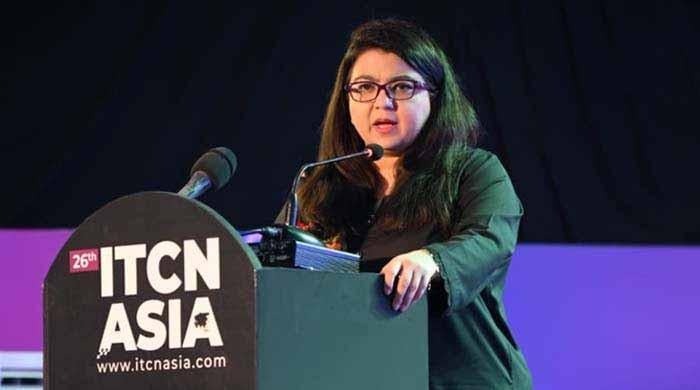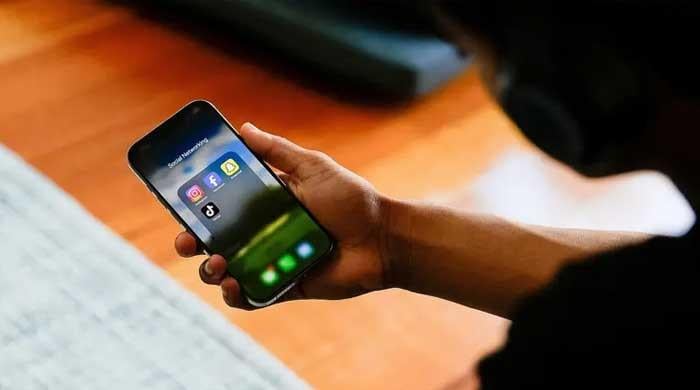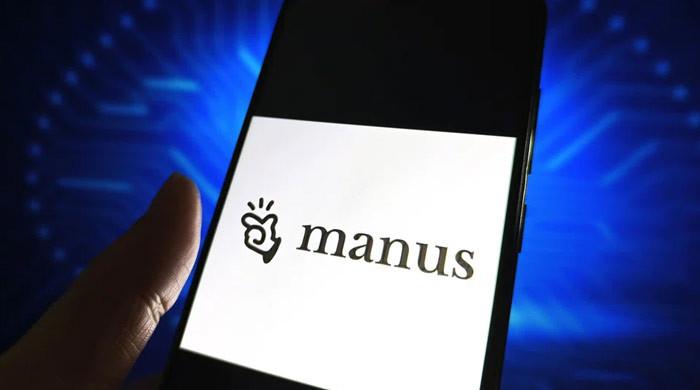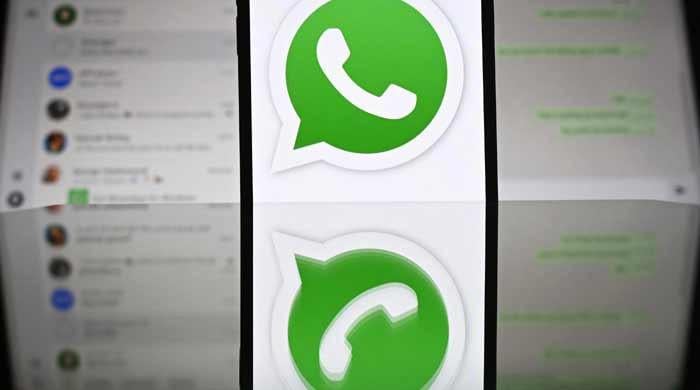China sends first civilian to its Tiangong space station
In orbit, Shenzhou-16 will conduct experiments, including high-precision space time-frequency systems, says CMSA spokesperson
May 30, 2023
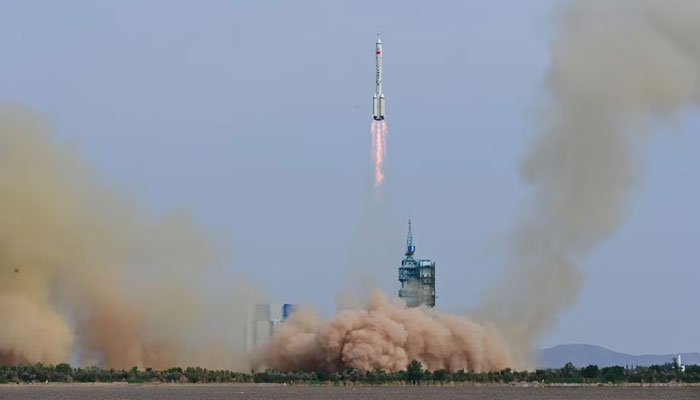
As China plans to send a crewed mission to the moon by 2030, three astronauts including one civilian for the first time were sent to Chinese space outpost Tiangong space station Tuesday Jiuquan Satellite Launch Centre in northwest China.
China has poured billions of dollars into its space programme as Russia and US claim success in their space exploration activities.
The Shenzhou-16 crew took off atop a Long March 2F rocket as Zou Lipeng, director of the Jiuquan Satellite Launch Center regarded it a "complete success" and the "astronauts are in good condition."
The launch was attended by a large number of employees that were resided live year-round on the huge site, capturing pictures with the rocket in the background.
Commander Jing Haipeng was leading the mission which makes his fourth alongside engineer Zhu Yangzhu and Beihang University professor Gui Haichao, the first Chinese civilian in space.
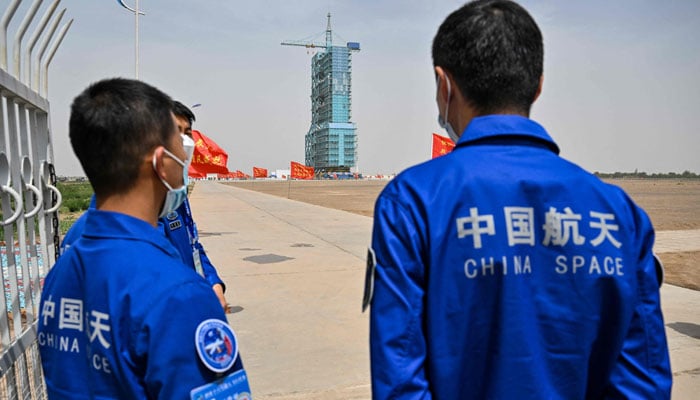
China became the third country to send humans into orbit and Tiangong is the crown jewel of its space programme, which has also landed robotic rovers on Mars — Zhurong (rover) — and the Moon.
According to AFP, the Shenzhou craft will dock at the space station's Tianhe core module.
After docking, the newly sent astronauts will meet their three colleagues from the Shenzhou-15 flight, who have been at the station for six months and will return to Earth in the coming days.
In the orbit, Shenzhou-16 will conduct several experiments, including "high-precision space time-frequency systems", general relativity, and into the origin of life, CMSA spokesperson Lin Xiqiang told reporters Monday.
The Chinese space station was resupplied with drinking water, clothing, food and propellant this month in preparation for Shenzhou-16’s arrival.
An expert told AFP that Tuesday’s mission represented "a regular crew rotation flight", but even that was significant.
"Accumulating depth of experience in human spaceflight operations is important and doesn't involve new spectacular milestones all the time," said Jonathan McDowell, an astronomer and astrophysicist at the Harvard-Smithsonian Center for Astrophysics.
Xi Jinping's space dream
Under Chinese President Xi Jinping, plans for China's "space dream" have begun to start rolling.
Beijing is eyeing to establish a lunar base and CMSA spokesman Lin on Monday reaffirmed Beijing's plan to land a manned mission there by 2030.
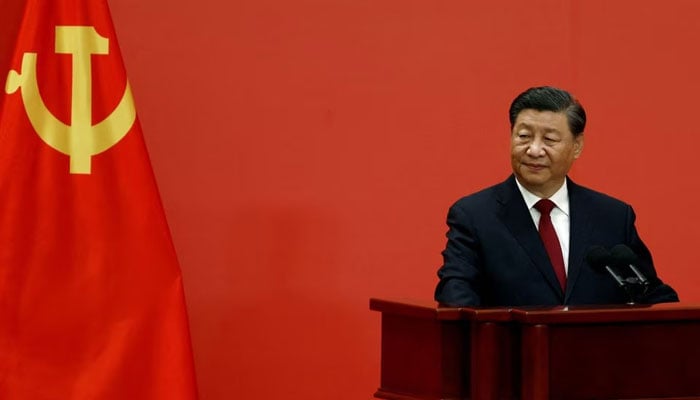
"The overall goal is to achieve China's first manned landing on the Moon by 2030 and carry out lunar scientific exploration and related technological experiments," CMSA said.
The final module of the T-shaped Tiangong — which means "heavenly palace" — successfully docked with the core structure last year.
According to Xinhua report, the station carries a number of pieces of cutting-edge scientific equipment including "the world’s first space-based cold atomic clock system."
The Tiangong is likely to stay in low Earth orbit at between 400 and 450 kilometres (250 and 280 miles) above the planet for at least 10 years.
It is constantly crewed by rotating teams of three astronauts.
As Beijing does not have any plans to use Tiangong for global cooperation on the scale of the International Space Station (ISS), China said it is open to foreign collaboration.
China "is looking forward to and welcomes the participation of foreign astronauts in the country's space station flight missions," Lin said Monday.
China plans to send two crewed space missions to Tiangong every year, according to the CMSA.
The next will be Shenzhou-17, with an expected launch in October.
China has been effectively excluded from the ISS since 2011 when the US prohibited Nasa from keeping any engagement with the world’s second-largest economy.





